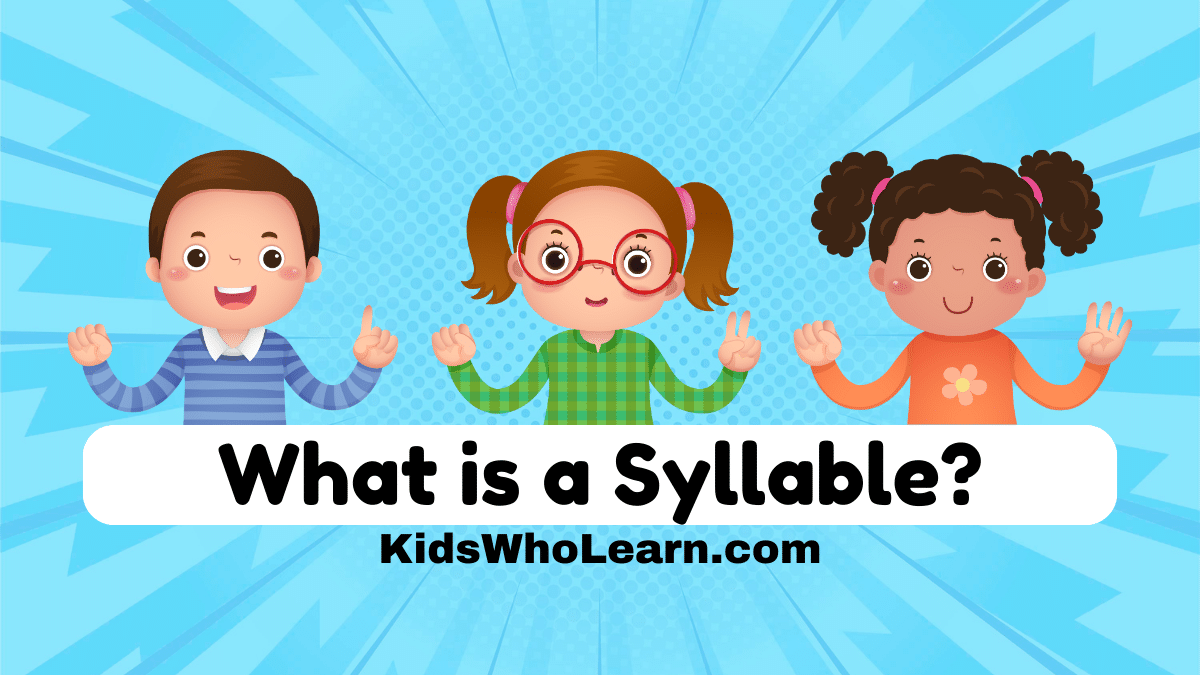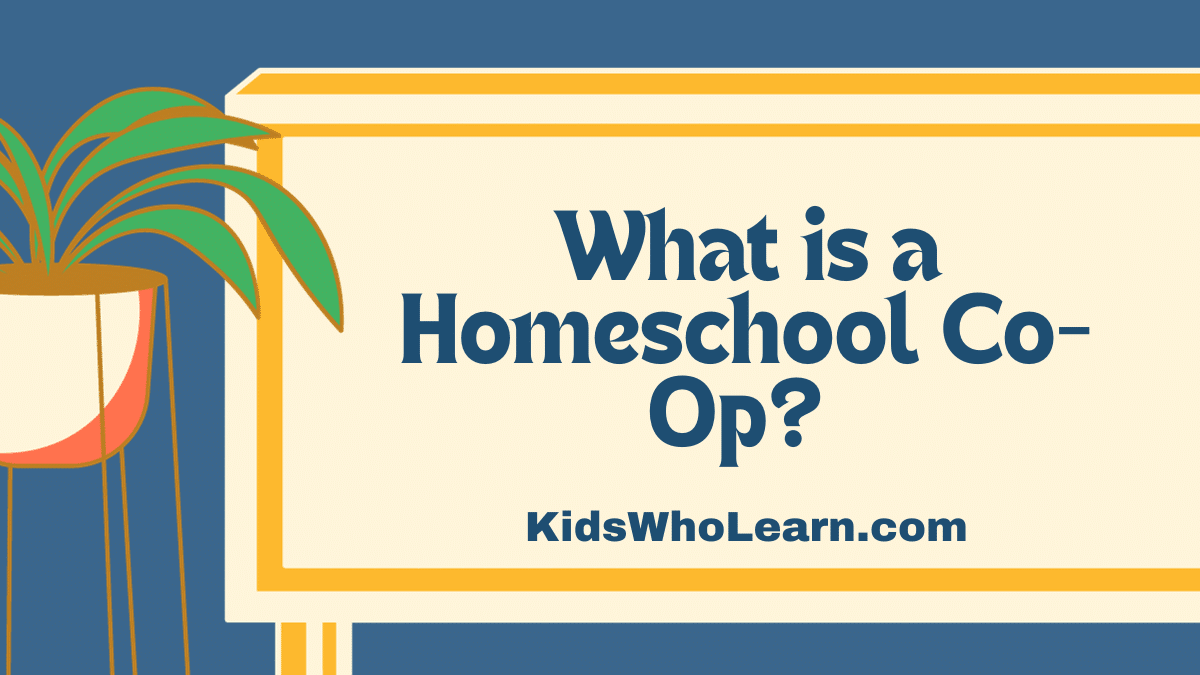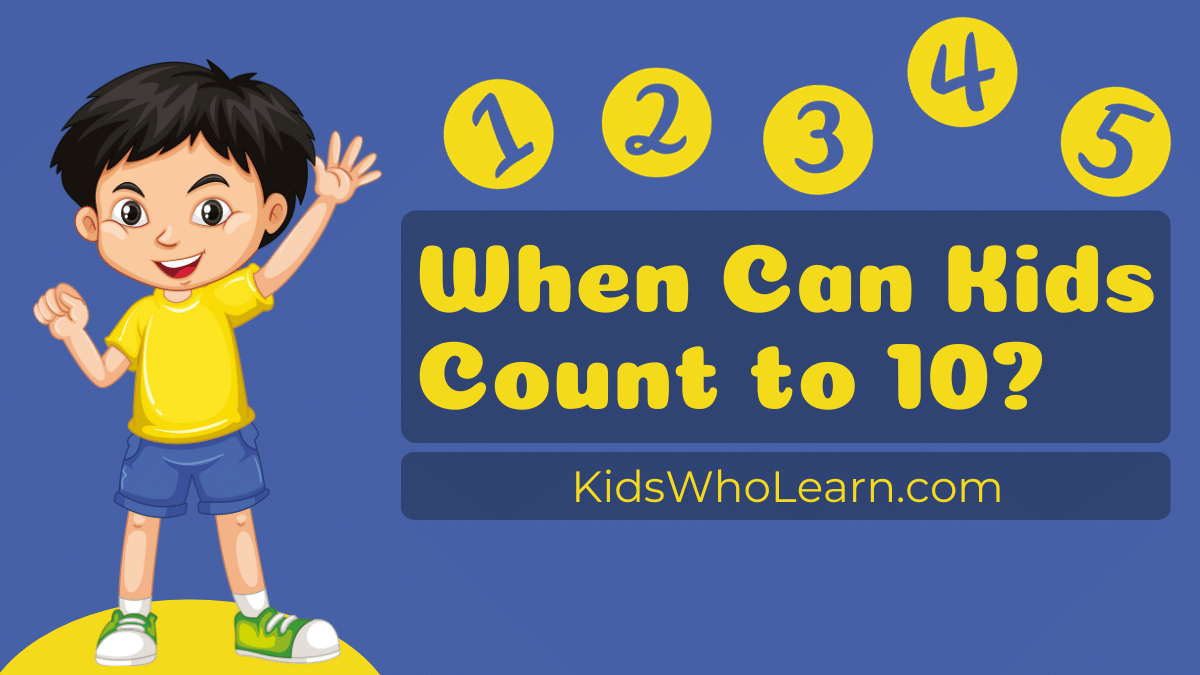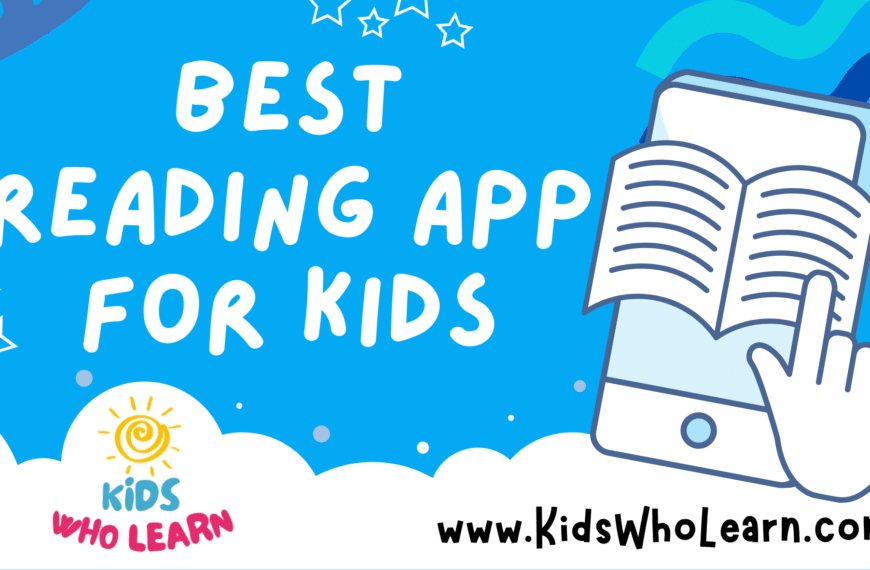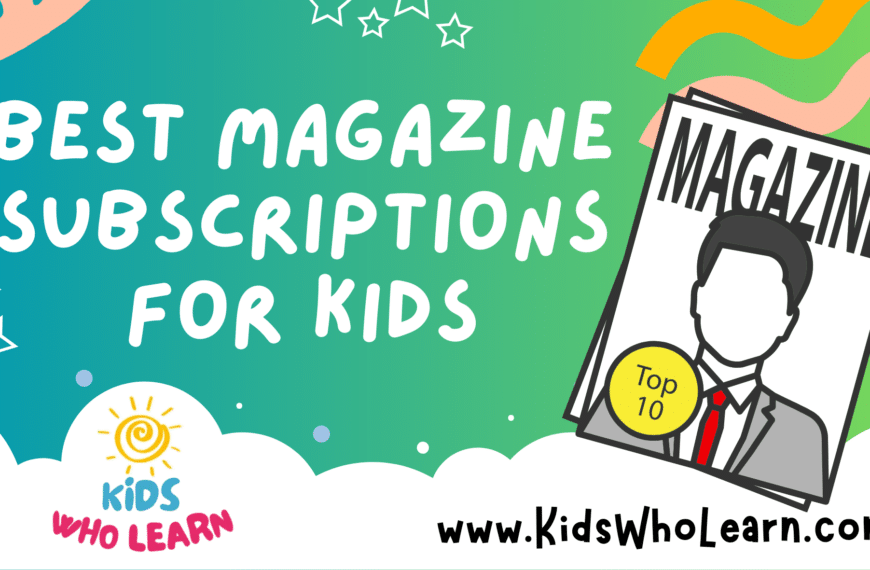Is your child asking you what is a syllable? Understanding what a syllable is can help you become a better reader and writer. A syllable is a unit of sound that is made up of one or more letters. When you say a word, you can hear the syllables. For example, the word “apple” has two syllables: “ap” and “ple.”
Types of syllables include open syllables, closed syllables, and vowel-consonant-e syllables. Open syllables end in a vowel sound, such as “me” or “so.” Closed syllables end in a consonant sound, such as “cat” or “sit.” Vowel-consonant-e syllables have a silent “e” at the end that makes the vowel sound long, such as “cake” or “bike.”
Key Takeaways
- A syllable is a unit of sound made up of one or more letters.
- There are different types of syllables, including open, closed, and vowel-consonant-e.
- Understanding syllables can help improve reading and writing skills.
Understanding Syllables
Definition of Syllable
A syllable is a unit of sound that makes up a word. It is the smallest part of a word that can be pronounced. Each syllable contains one vowel sound, which can be accompanied by one or more consonant sounds. For example, the word “cat” has one syllable, while the word “elephant” has three syllables (e-le-phant).
Importance of Syllables
Understanding syllables is important for kids because it helps them with their reading and spelling skills. When kids know how to break down words into syllables, they can read and spell more accurately. For example, if a child knows that the word “elephant” has three syllables, they can sound out each syllable and then put them together to read the whole word.
Knowing how to count syllables is also helpful when kids are learning to write poetry or songs. Many forms of poetry and music rely on syllables to create rhythm and flow. For example, haikus are a form of poetry that have a specific syllable pattern (5-7-5). By understanding syllables, kids can create their own poems and songs with ease.
In summary, understanding syllables is an important skill for kids to develop. It can help them with their reading, spelling, and even their creative writing skills.
Types of Syllables
There are different types of syllables based on their structure. Here are some of the most common types of syllables:
Closed Syllables
A closed syllable ends with a consonant sound, which “closes” the syllable. The vowel sound in a closed syllable is usually a short vowel sound. For example, the word “cat” has a closed syllable because the “t” at the end closes the syllable, and the vowel “a” has a short sound.
Open Syllables
An open syllable ends with a vowel sound, which is “open” because there is no consonant sound to close it. The vowel sound in an open syllable is usually a long vowel sound. For example, the word “me” has an open syllable because the “e” at the end is not followed by a consonant, and the vowel “e” has a long sound.
Vowel-Consonant-e Syllables
A vowel-consonant-e syllable has a silent “e” at the end that changes the vowel sound in the syllable. The vowel sound in a vowel-consonant-e syllable is usually a long vowel sound. For example, the word “bike” has a vowel-consonant-e syllable because the “e” at the end changes the vowel “i” to a long sound.
R-Controlled Syllables
An r-controlled syllable has a vowel sound that is followed by the letter “r,” which changes the sound of the vowel. The vowel sound in an r-controlled syllable may be a long or a short sound, depending on the word. For example, the word “car” has an r-controlled syllable because the “a” sound is changed by the letter “r.”
Understanding the different types of syllables can help you read and spell words more accurately.
How to Count Syllables
Learning how to count syllables is an important skill for kids. It helps them to read and write words correctly. Here are two methods to count syllables:
Clapping Method
The clapping method is a fun and easy way to count syllables. Here’s how to do it:
- Say the word out loud.
- Clap your hands for each syllable in the word.
- Count the number of claps you make.
For example, the word “banana” has three syllables. You would clap three times: ba-na-na.
Vowel Method
The vowel method is another way to count syllables. This method is useful for words with more than one vowel. Here’s how to do it:
- Identify all the vowels in the word.
- Say the word out loud.
- For each vowel sound, say the vowel and listen to the sound it makes.
- Count the number of vowel sounds.
For example, the word “elephant” has three syllables. The vowels are “e,” “e,” and “a.” You would say “e-le-phant” and count three vowel sounds.
Remember, counting syllables takes practice. Keep practicing and soon you’ll be a pro at counting syllables!
Syllable Division Rules
When you are trying to figure out how many syllables a word has, there are some rules you can follow to help you divide the word into syllables.
Rule 1: Every syllable has one vowel sound
The first rule is that every syllable has at least one vowel sound. This means that if a word has two vowel sounds together, they may be in different syllables. For example, the word “lion” has two vowel sounds, but they are in different syllables: li-on.
Rule 2: Divide between two consonants
The second rule is to divide a word between two consonants. For example, the word “rabbit” has two consonants in the middle, so it is divided like this: rab-bit.
Rule 3: Divide after a consonant
The third rule is to divide a word after a consonant that comes at the end of a syllable. For example, the word “ca-ble” has two syllables because there is a consonant at the end of the first syllable.
Rule 4: Divide before a consonant
The fourth rule is to divide a word before a consonant that comes at the beginning of a syllable. For example, the word “hap-py” has two syllables because there is a consonant at the beginning of the second syllable.
Rule 5: Divide between two vowels
The fifth rule is to divide a word between two vowels that are not in the same syllable. For example, the word “po-em” has two syllables because the two vowels are in different syllables.
Remember, these are just rules and there are some exceptions. It’s always a good idea to check with a dictionary if you are not sure how to divide a word into syllables.
Practical Exercises
To help you understand what a syllable is, here are some practical exercises you can do:
Clapping Exercise
One of the easiest ways to identify syllables is by clapping. Say a word out loud and clap your hands each time you hear a syllable. For example, if you say the word “apple,” you would clap twice – once for “ap” and once for “ple.” Try it out with different words to get a better feel for syllables.
Counting Exercise
Another way to identify syllables is by counting them. Say a word out loud and count how many times your jaw drops when you say it. For example, if you say the word “elephant,” your jaw would drop three times – once for “el,” once for “e,” and once for “phant.” This means “elephant” has three syllables.
Word-Blending Exercise
This exercise involves blending two words together to form a new word. For example, if you take the words “sun” and “flower,” and blend them together, you get the word “sunflower.” The word “sunflower” has three syllables – “sun,” “flow,” and “er.” Try blending different words together and counting the syllables to get more practice.
Tongue Twister Exercise
Tongue twisters are great for practicing syllables because they often contain words with multiple syllables. Here’s an example: “She sells seashells by the seashore.” Try saying it out loud and clapping or counting the syllables as you go along.
By doing these exercises, you’ll get a better understanding of what a syllable is and how to identify them in words. Keep practicing and you’ll become a syllable pro in no time!
Summary and Conclusion
In summary, a syllable is a unit of sound that makes up a word. It is important for kids to understand what a syllable is because it helps them with their reading and spelling skills. By breaking down words into syllables, kids can better understand how to pronounce and spell them.
There are different types of syllables, including closed, open, and vowel-consonant-e syllables. Each type has its own rules for pronunciation and spelling. For example, closed syllables end in a consonant and have a short vowel sound, while open syllables end in a vowel and have a long vowel sound.
Learning about syllables can also help kids with their vocabulary. By understanding how words are broken down into syllables, they can better understand the meaning of new words they encounter.
Overall, understanding syllables is an important part of learning to read and spell. By practicing identifying and breaking down syllables, kids can improve their language skills and become more confident readers and writers.
Frequently Asked Questions
How many types of syllables are there?
There are six types of syllables in English. They are: closed, open, vowel-consonant-e, r-controlled, diphthongs, and triphthongs.
What are the four types of syllables?
The four types of syllables are closed, open, vowel-consonant-e, and r-controlled. Each type of syllable has a different vowel sound.
What is the definition of a syllable in English?
A syllable is a unit of sound in a word. It has one vowel sound and may have one or more consonant sounds.
How do you pronounce syllables?
To pronounce syllables, you need to break a word into its individual sounds. Then, you say each sound one at a time.
What are some examples of different types of syllables?
An example of a closed syllable is “cat”. An example of an open syllable is “me”. An example of a vowel-consonant-e syllable is “cake”. An example of an r-controlled syllable is “car”. An example of a diphthong syllable is “coin”. An example of a triphthong syllable is “firepower”.
What is a simple definition of a syllable?
A syllable is a unit of sound in a word that has one vowel sound and may have one or more consonant sounds.

